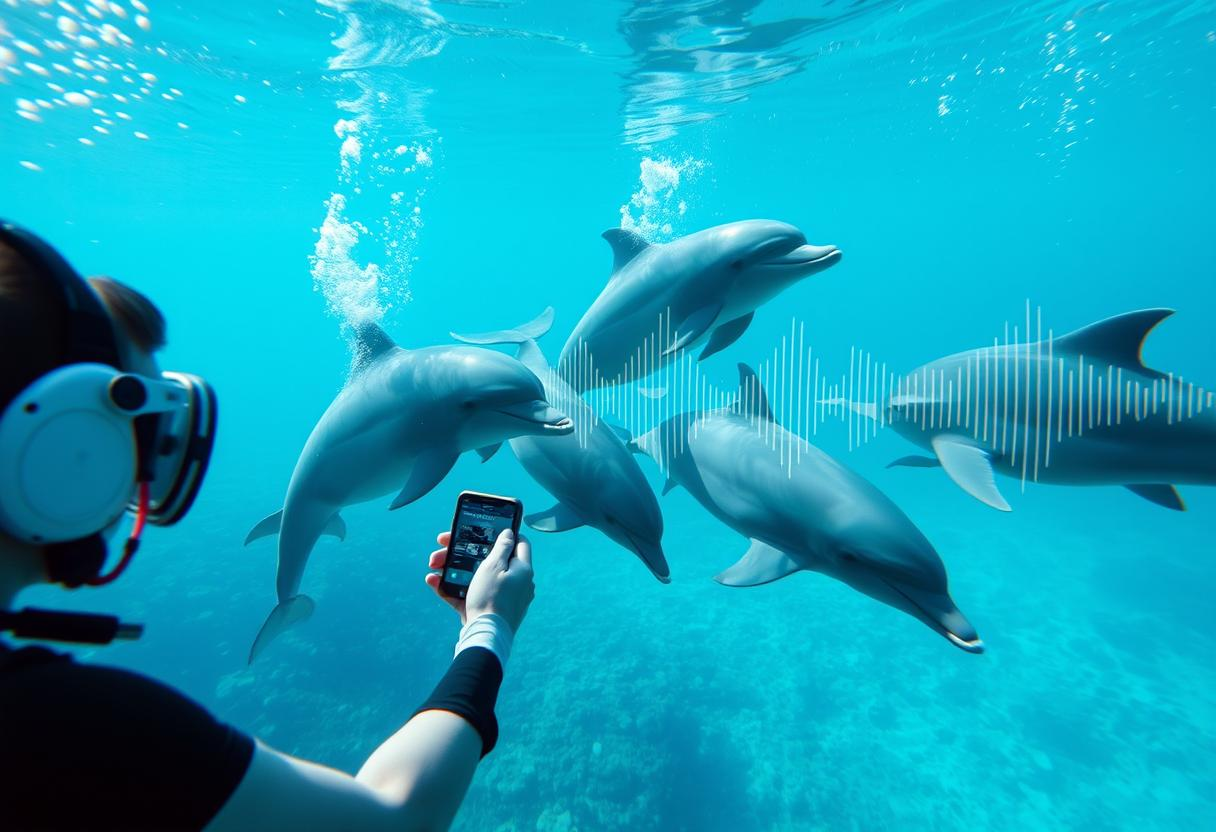In an initiative that bridges the gap between technology and marine biology, Google has embarked on a groundbreaking project to develop a large language model (LLM) named DolphinGemma. This model isn’t designed for human interaction but aims to decode and eventually facilitate communication with dolphins. The project is a collaboration with the Wild Dolphin Project (WDP) and researchers at Georgia Tech, leveraging over four decades of research on Atlantic spotted dolphins in the Bahamas.
The foundation of DolphinGemma lies in the extensive dataset collected by WDP since 1985, comprising underwater audio and video recordings that document the dolphins’ social interactions and vocalizations. These include courtship buzzes, aggressive squawks, and signature whistles that serve as individual identifiers. This rich dataset has enabled Google to train DolphinGemma, a 400-million parameter model, to recognize and predict dolphin vocalizations, essentially learning the structure of their communication.
Artificial intelligence is revolutionizing our understanding of animal communication, with models like DolphinGemma offering unprecedented insights into the nuanced languages of social creatures such as dolphins and whales. The project builds on previous successes, such as the use of AI to interpret dog emotions and the decoding of sperm whale codas by Project CETI, highlighting the potential for AI to unlock the mysteries of animal communication.
DolphinGemma’s capabilities extend beyond interpretation; it can generate dolphin-like sounds, paving the way for real-time, two-way communication between humans and dolphins. This is facilitated by the Cetacean Hearing Augmentation Telemetry (CHAT) system, an underwater computer that produces sounds associated with objects dolphins interact with. The ultimate goal is to establish a basic shared vocabulary, with dolphins mimicking synthetic whistles to request items, and humans responding accordingly.
As Google prepares to release DolphinGemma as an open model this summer, the scientific community anticipates broader applications in studying other dolphin species. While the prospect of interspecies communication is exciting, it also raises ethical questions about interacting with dolphins in the wild. Nonetheless, DolphinGemma represents a significant leap forward in our quest to understand and communicate with one of the ocean’s most intelligent inhabitants.


